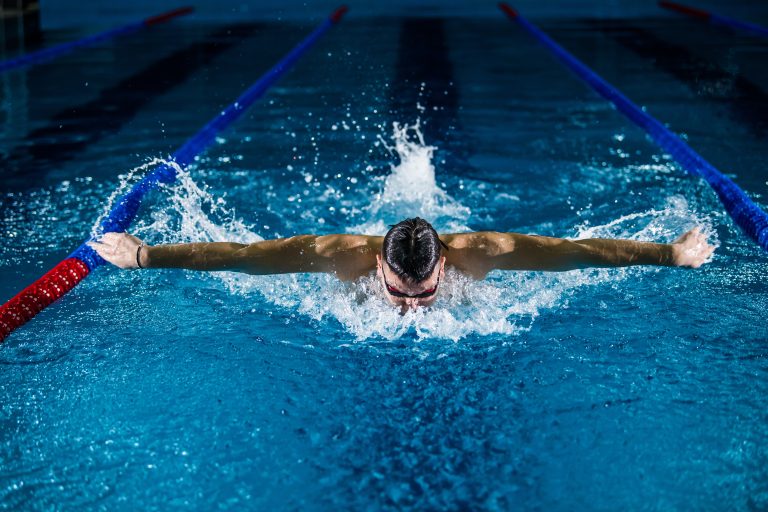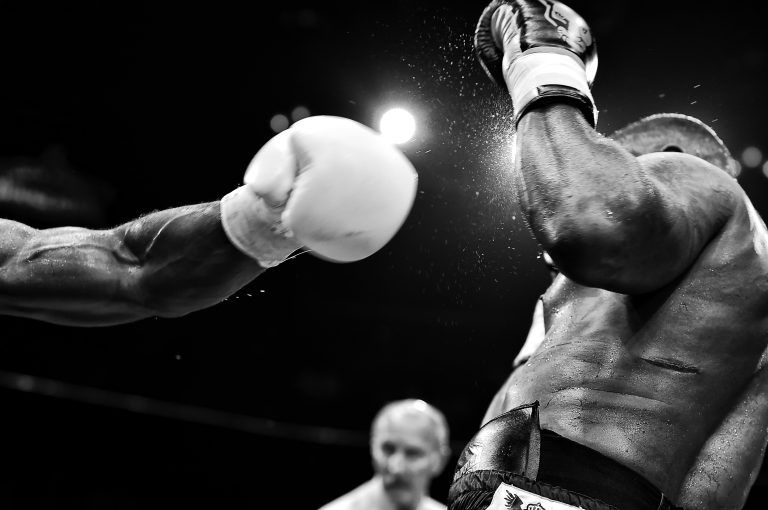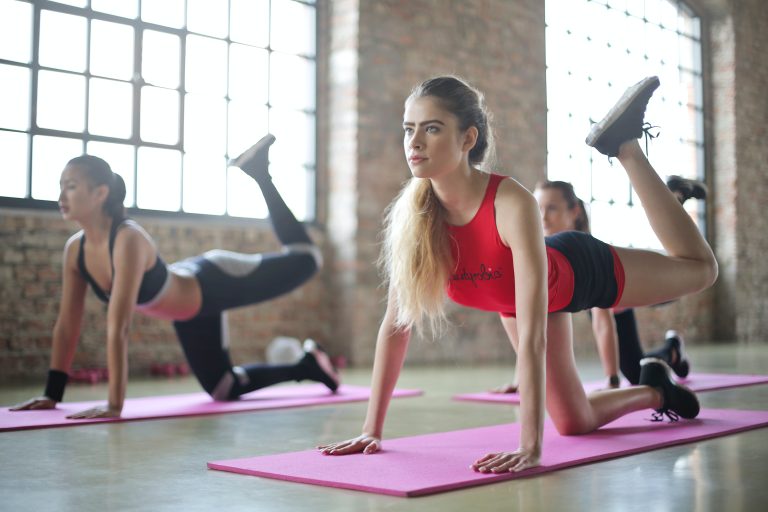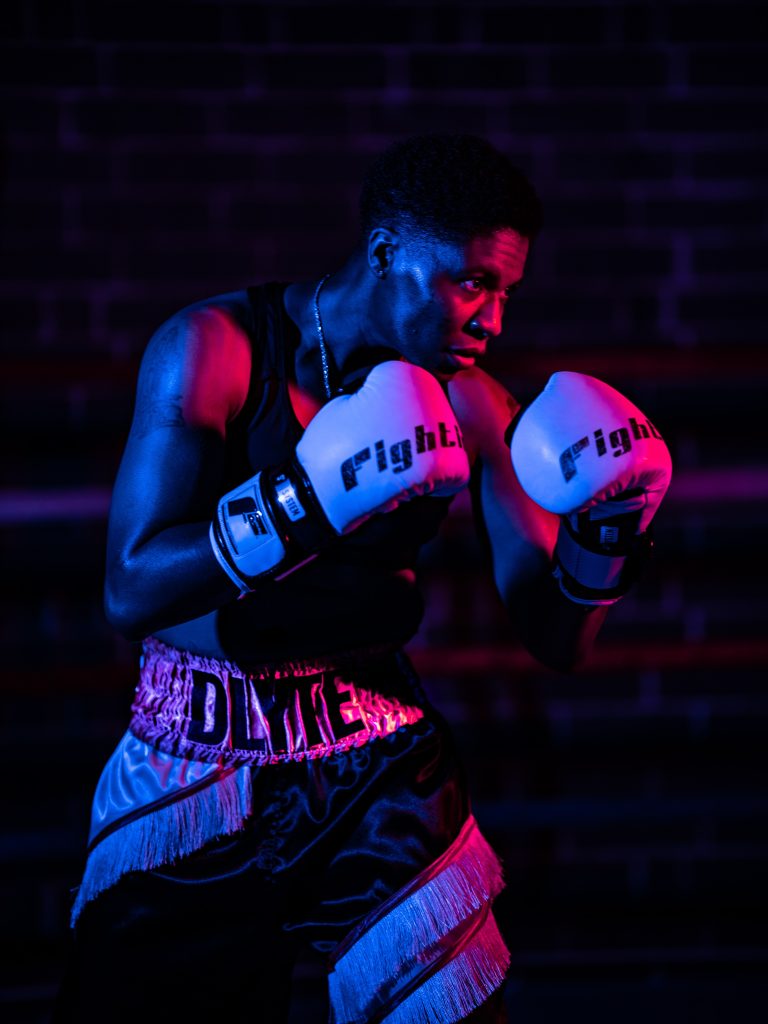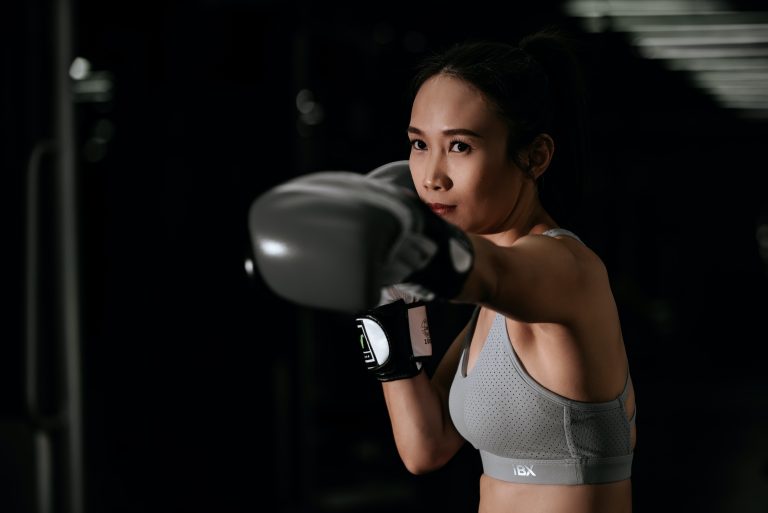Karate: What Do You Need to Get Started?
Do you want to learn karate? Maybe you’ve heard stories about its amazing physical and mental benefits, seen it in the movies, or just fancy giving it a go and taking on a new challenge. A martial art based on punching, kicking, and traditional kata forms, karate can be a great exercise and self-defense skill, and can enrich your life in myriad ways. But what do you need to know before you get started? In this blog post, we’ll look at the basics of karate, including the required gear, training methods, and even potential costs. So whether you’re just curious to find out more, or if you’re keen to give it a go, read on!
What Is Karate?
Karate is a martial art that originated in Japan, with roots in Chinese martial arts dating back over 500 years. It includes punching, kicking, blocking, and a variety of stances, as well as traditional kata forms. Karate is a great way to stay active and strong, as well as to learn valuable self-defense skills that could one day save your life. Plus, it can be great for your mental health too; learning a martial art helps to boost your confidence, self-discipline, and concentration.
Gear You Need for Karate
Before you can start learning karate, you’ll need to get some basic gear. Here’s a helpful list of what you need:
- Karate uniform (known as a “gi”)
- Protective gear such as mouth guard, groin guard, and optional sparring gloves (kumite)
- Bo staff (optional but recommended)
- Martial arts books or instructional DVDs
A basic gi – or keikogi – typically consists of loose-fitting pants and a jacket, while thicker gi materials offer more protection against damage from punches and kicks. Likewise, protective gear such as a mouthguard can help protect your teeth during sparring and Kobudo. As for martial arts books or instructional DVDs, these are especially useful when you’re getting started and want more information about the different kata forms or techniques. A bo staff (or Jo) is also useful for practicing techniques with an opponent, although this is an optional piece of equipment; class sessions in some dojos may offer you the chance to use one.
Types Of Karate
Different schools may teach different types of karate. The traditional style of Okinawan Karate focuses on traditional kata forms, with particular emphasis on self-defense; unlike its sporting counterpart, it isn’t about competition or points. Other well-known styles include Shotokan, which originated amongst karate masters in Japan; Wado-ryu, which combines traditional martial arts with jujitsu; and Goju-ryu, focused on developing energy from the inside out.
Train With A Professional Instructor
For those looking to learn karate in a safe and effective way – especially those with no previous training – it’s important that you find an experienced instructor. A legitimate instructor should be able to demonstrate their qualifications, experience, and record of training. It’s also important to research the school or organization they belong to. This can easily be done online; checking out their website or social media will often give you a good sense of their approach to the martial art.
How Much Does Karate Cost?
The cost of karate varies greatly depending on which school or organization you train with. Some schools may offer their classes for free or have sliding scales, while others may charge for individual classes or charge membership fees for access to their facilities and/or instructors. Other factors can affect the cost too, such as how faraway from home you’ll have to travel and what type of gear you might need to buy.
The Benefits Of Karate Training
Aside from improved physical strength and self-defense skills – along with the focus that comes with regular practice – karate can have numerous health benefits too. Not only does it help to boost cardiovascular health and balance due to its intense physical exertion, but it can also help relieve stress and fatigue via its concentration-based exercises. Likewise, learning karate helps to improve self-confidence and develop a “can-do” attitude when faced with obstacles. As Sōkon Matsumura said: “True karate is this: that in daily life one’s mind and body be trained and developed in a spirit of humility…” While the application of karate in self-defense scenarios is occasionally necessary for safety reasons, the true focus of karate training is on internalizing its values such as respect and discipline.
Conclusion
As you can see there’s plenty to consider when getting started with karate. But don’t worry; with the right gear, an experienced instructor and an appropriate level of cost in mind – it doesn’t have to break the bank after all! – there’s nothing stopping you from having a great time in class and learning new skills. So no matter your age or fitness level, why not give karate a go? You never know where it might take your physical, mental and spiritual wellbeing!
Karate: What Do You Need to Get Started?
Karate is a martial art that originated in Japan and has become popular all around the world. Many people are interested in learning this exciting and empowering martial art, but don’t know where to start. Here are some of the most frequently asked questions about what you need to get started with karate.
1. What is Karate?
Karate is a martial art that originated in Okinawa, Japan. It is a form of self-defense that focuses on striking techniques using punches, kicks, knee strikes, and elbow strikes. In addition to physical conditioning, karate also emphasizes mental and spiritual aspects such as discipline, focus, and respect.
2. What Do I Need to Wear for Karate?
When starting karate, you will need to wear a karate uniform called a gi. The gi traditionally consists of a jacket, pants, and a belt. The belt color indicates the student’s rank, with white being the beginner level and other colors indicating higher levels of proficiency.
3. What Equipment Do I Need for Karate?
In addition to a gi, there are a few pieces of equipment that you may need for karate training. These include:
- A mouthguard to protect your teeth and gums during sparring
- A pair of hand wraps to protect your wrists and hands when punching
- Foot pads to protect your feet and toes during kicking techniques
- A groin guard to protect your sensitive areas during sparring
- A helmet to protect your head during sparring
Your instructor may provide some of this equipment or recommend specific brands and styles for you to purchase.
4. What Skills Do I Need to Learn Karate?
While karate requires physical conditioning and coordination, it also emphasizes mental and spiritual aspects. You will need to learn:
- Discipline and focus to improve your technique and physical abilities
- Respect for yourself, others, and the art of karate
- Self-control in order to avoid using karate for non-defense purposes
5. How Do I Find a Good Karate School?
Finding a good karate school is essential for your progress and enjoyment of the art. Here are some tips for finding a quality karate school:
- Ask for recommendations from friends or family members who have trained in karate
- Research schools online to find out about their instructors, programs, and student reviews
- Visit the school to observe classes and talk to instructors and students
- Ask about the school’s philosophy and curriculum to determine if it fits your goals and skill level
- Make sure the school is accredited by a reputable karate organization
6. How Long Does It Take to Learn Karate?
Learning karate is a continual process that requires ongoing practice and dedication. However, the time it takes to reach certain milestones depends on several factors, including:
- Your natural ability and physical coordination
- Your frequency of training and practice outside of class
- Your instructor and the school’s curriculum
- The level of proficiency you wish to achieve
Generally, it takes several years to reach the black belt level and become a proficient karateka.
7. Is Karate Safe?
Karate can be a safe and rewarding martial art when practiced correctly under the guidance of a qualified instructor. However, like any physical activity, there is always a risk of injury. Some common injuries that can occur in karate include bruises, sprains, and strains. It is important to use proper technique, follow safety guidelines, and wear appropriate protective equipment to minimize the risk of injury.
Conclusion
Karate is an exciting and empowering martial art that can benefit both the body and the mind. By understanding what you need to get started with karate, you can begin your journey towards becoming a proficient martial artist. Remember to find a quality school, invest in the necessary equipment, and focus on improving your technique and mental skills along with your physical abilities.
Inhaltsverzeichnis

